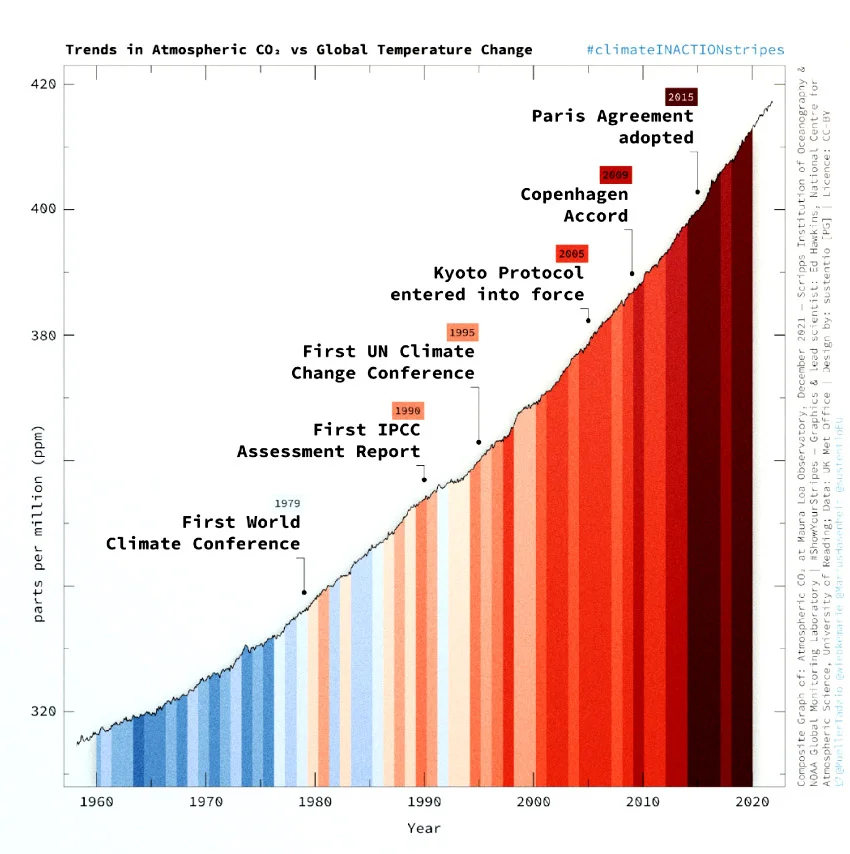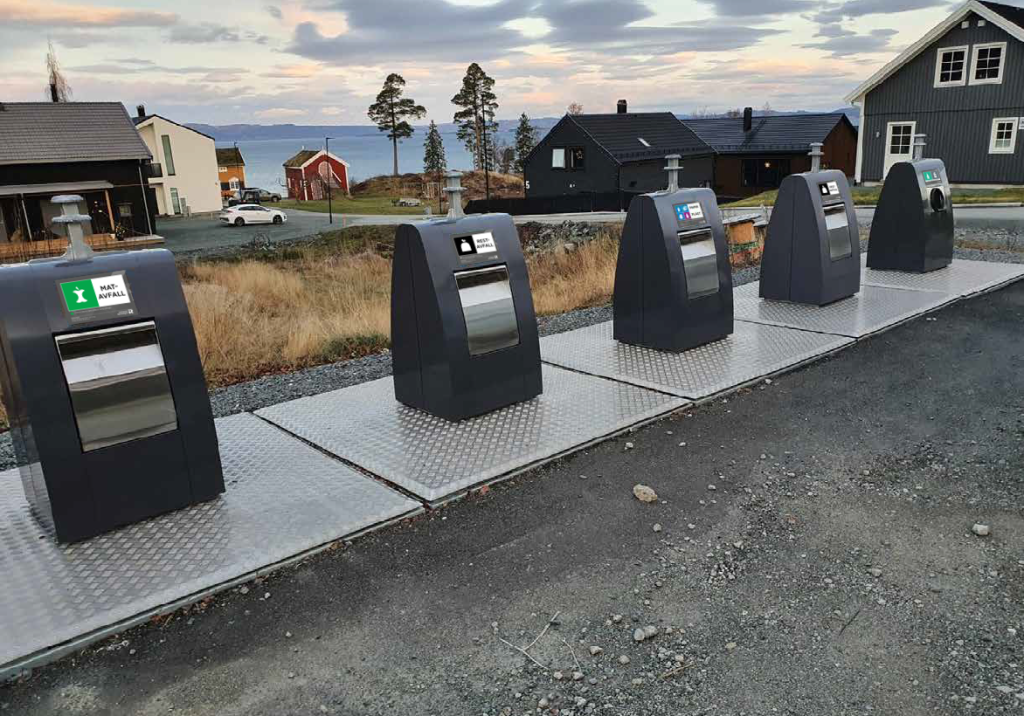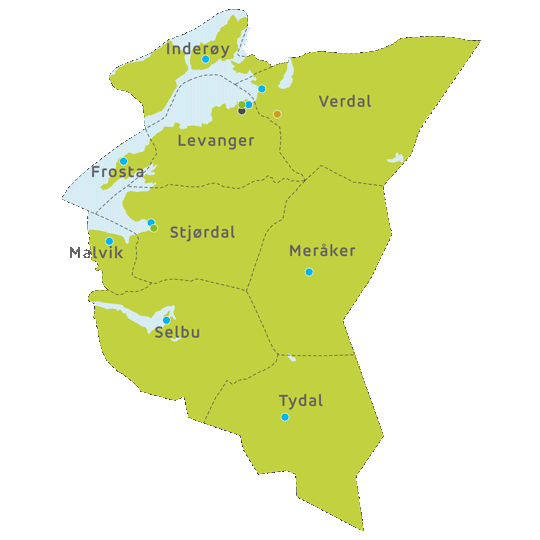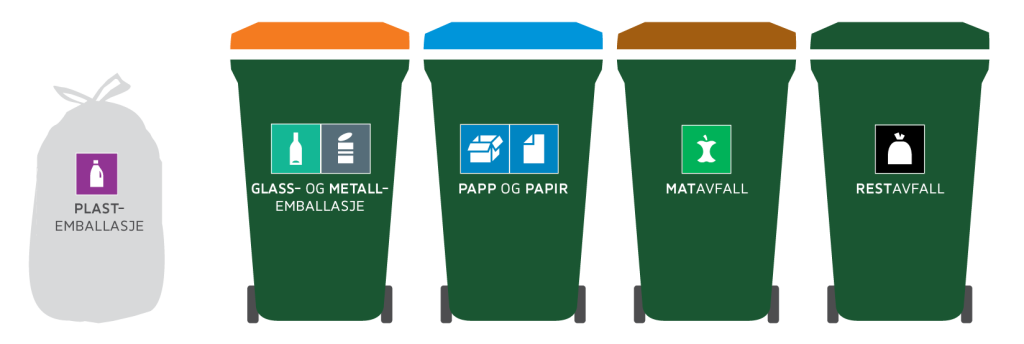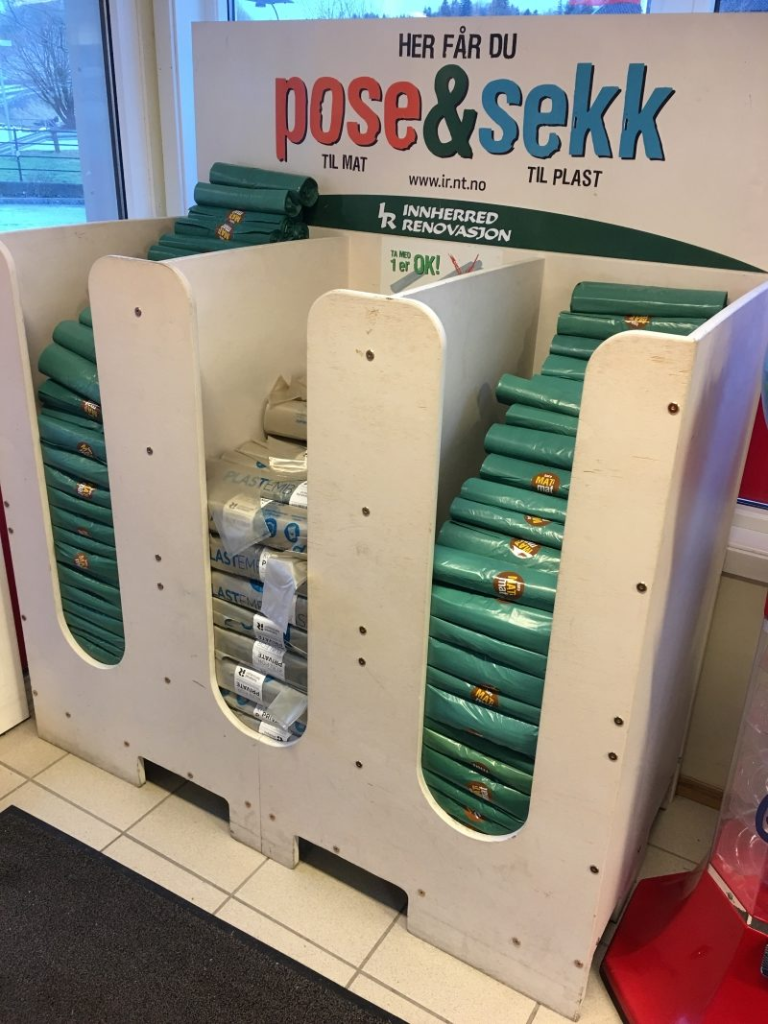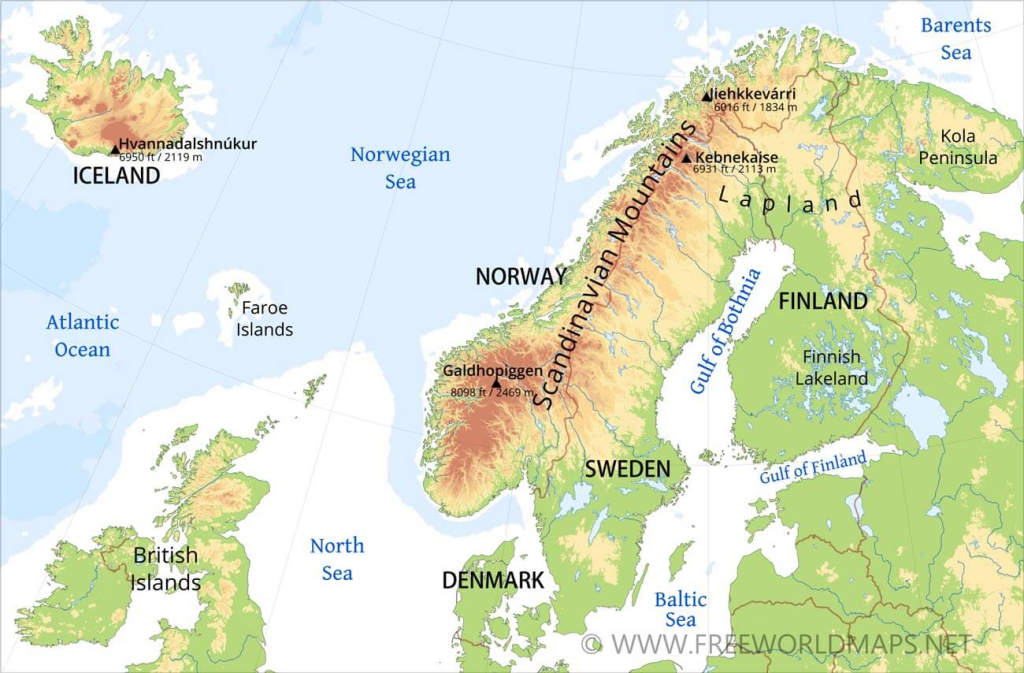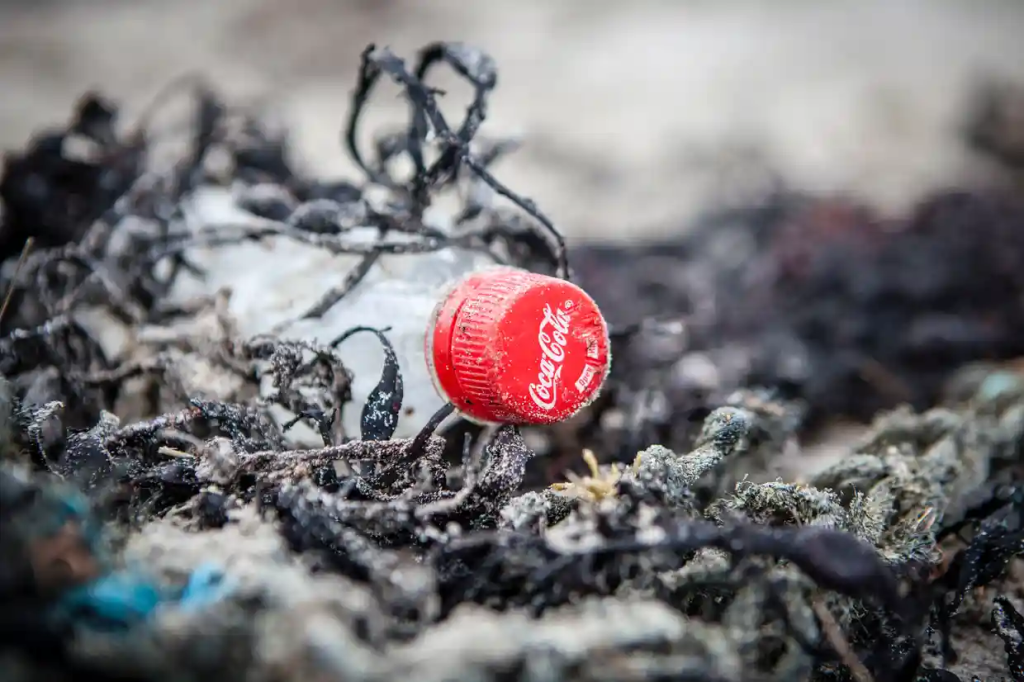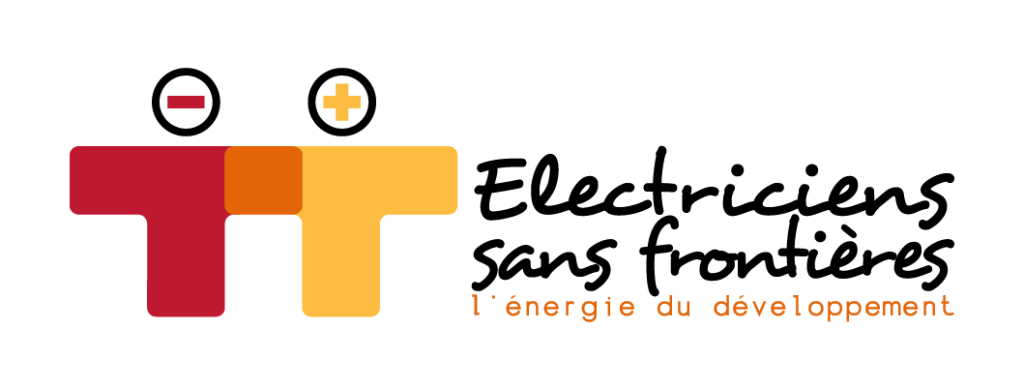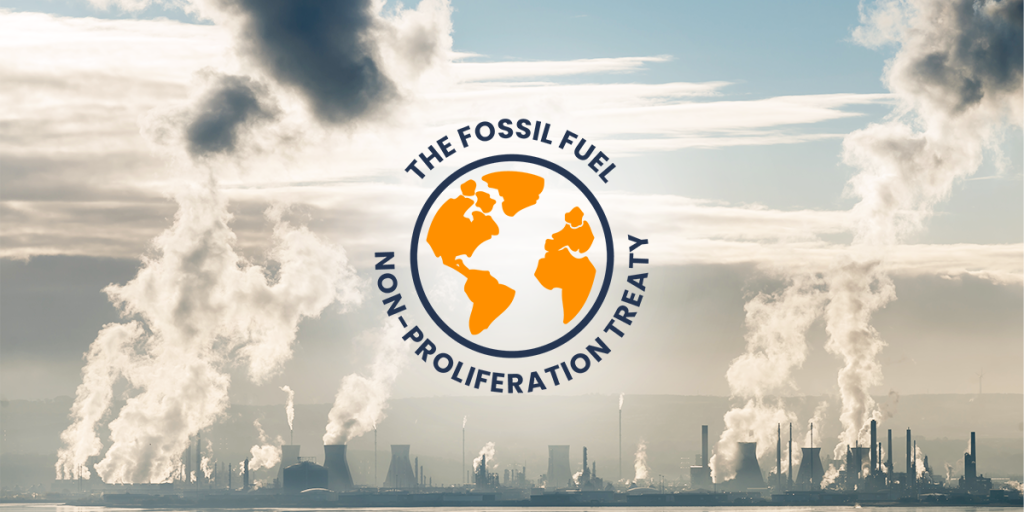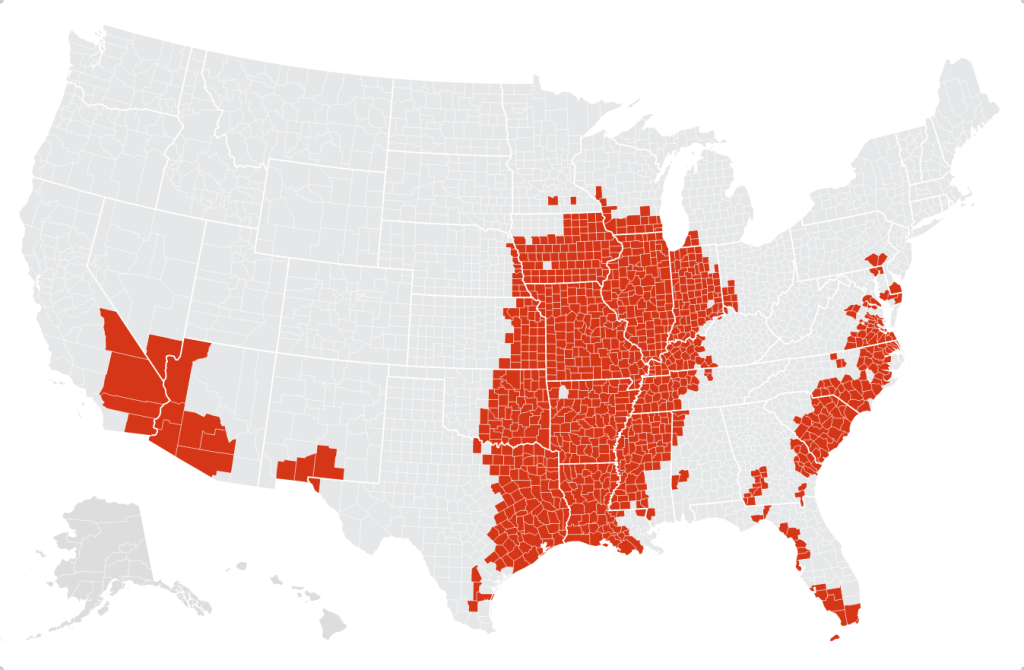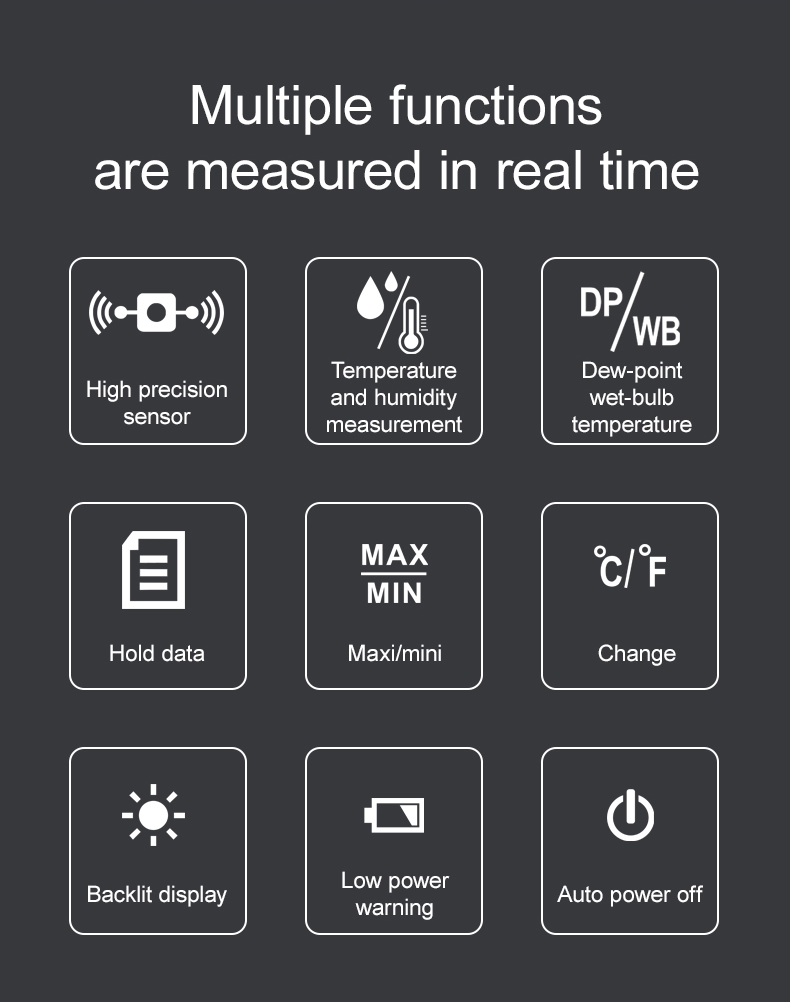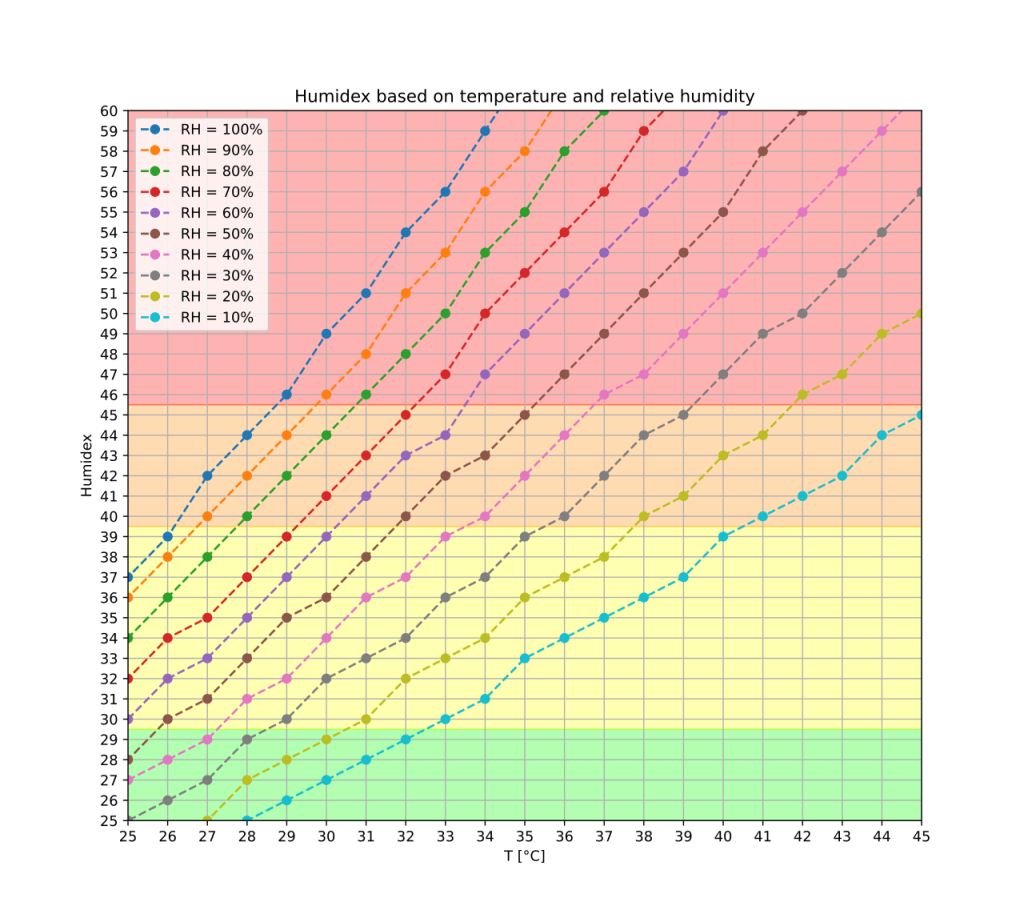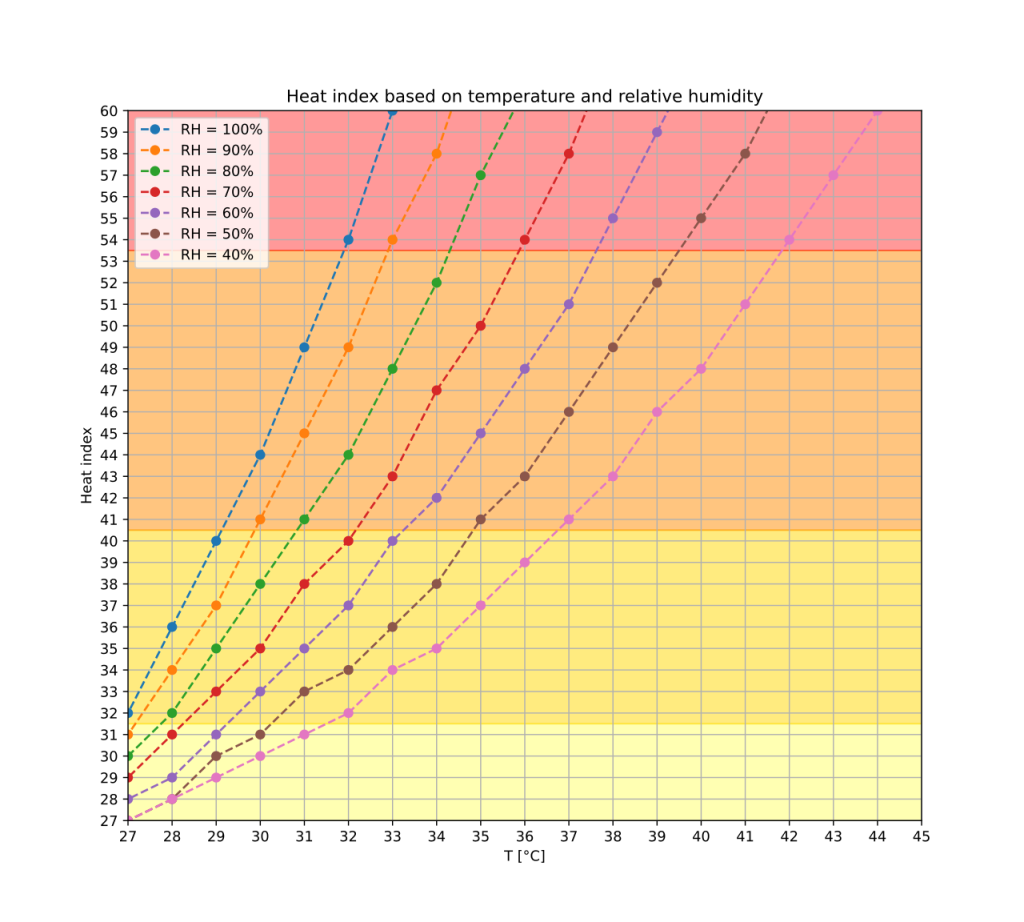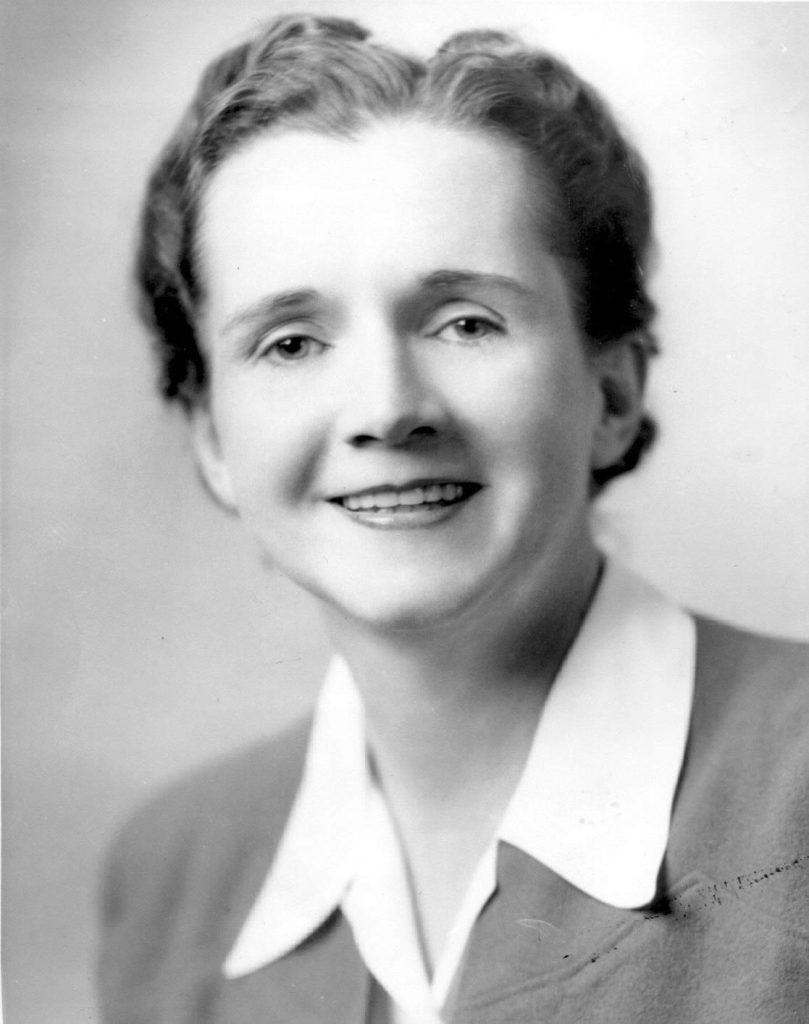
This weblog post has been published on the 60th anniversary of the death of Rachel Carson on 1964-04-14. She died of cancer, at the age of 56. This was the second death of a prominent, yet relatively young person in a matter of months. The first was the assassination of American president John Kennedy (1917 – 1963). The comment, relatively young, is written by someone at the age of 75. For someone 15 years old, fifty years probably seemed an eternity into the future.
As I started writing this post, I was reading the 1998 collection, Lost Woods, the Discovered Writings of Rachel Carson, edited and with an introduction by Linda Lear (1940 – ). This was the fifth book I read, written by Rachel Carson.
The first book I read of hers was the third that Carson wrote, The Edge of the Sea (1955). It revealed the shoreline, that part of the sea accessible to a young person, probably not yet a teenager. The focus was on three edges: rocky, sandy and coral. The focus was on the east coast of North America. The rocky shores were typical of the Cape Ann region of Massachusetts, the sandy shores were of the intermediate coast off the Carolinas, while the corals were part of the Florida Keys.
The second book of hers that I read was her second book, The Sea Around Us (1951). It is often described as poetic. That term was foreign to me. I regarded it as providing me with deeper insights into life into oceans depths. It too was divided into three sections: Mother Sea, The Restless Sea, and Man and the Sea About Him.
These two books prompted an interest in marine biology, and in microscopy. I still have my compound microscope from 1962. I used it to study and make photomicrographs of plankton I had harvested using a home-made plankton net, that was essential equipment on my home-made 2.4 m = 8′ long Sabot dinghy.
The third book of hers that I read was her fourth book, Silent Spring (1962). It had nothing to do with the sea, but with birds, and how the overuse of dichlorodiphenyltrichloroethane (DDT) and other synthetic pesticides, was responsible for a decline in bird populations — the silencing of birds. At one point I voiced my concerns to my uncle Harry, an etymologist, who chastised me for my concerns, saying that DDT had saved the lives of millions of people.
The fourth book I read by Carson, was her first book, Under the Sea Wind (1941). It describes the behavior of three Atlantic coast organisms that live both on and in the sea on the Atlantic coast. Under the Sea Wind consists of three parts, each following a different organism that interacts with the sea, and viewing it from a personified organism’s perspective. The first section, Edge of the Sea, follows a female sanderling (Calidris alba, Pallas, 1764), a small wading bird Carson names Silverbar. The second section, The Gull’s Way, follows an Atlantic mackerel (Scomber scombrus, Linnaeus, 1758) named Scomber. The third section, River and Sea follows an American eel (Anguilla rostrata, Lesueur, 1817), Anguilla.
These were not the only books I read about the sea. To understand what was happening on the Pacific coast I used Edward Rickett’s (1897 – 1948) Between Pacific Tides (1939), as a guide. To gain a better understanding of what was happening in the depths of the ocean I also read William Beebe (1877 – 1962) as he descended in his bathosphere in Half Mile Down (1934).
As is the case with most of the books I read as a child, the books cited here were borrowed, often repeatedly, from New Westminster public library, located a convenient three blocks away from my childhood home. These books were not in the Children’s department, so I had to have special permission to borrow them.
I now have paper editions of Carson’s four earliest books, along with digital editions of these and some others written by her, or about her. I also have a paper edition of Between Pacific Tides.
Many people believe that there is a direct connection between Carson and Earth Day, first celebrated in 1970. For the most part Earth Day is harmless, and doesn’t require anyone to make changes to their consumer way of life. I am even more skeptical about Carson inspiring the Responsible Care program was established in 1988 by the Chemical Manufacturers Association (now American Chemistry Council) to help the chemical industry improve its safe management of chemicals from manufacture to disposal. I see it as an attempt to focus public attention away from the damage done by chemical manufacturers.
When these chemicals first came on the market, they appeared almost miraculous. Swiss chemist Paul Hermann Müller (1899 – 1965) had shown in 1939, that DDT eradicated insect populations in the control of vector diseases such as malaria and yellow fever. For this he received the 1948 Nobel prize in Physiology or Medicine. It was noted that DDT sprayed from airplanes eliminated the malaria- and dengue fever–carrying mosquitoes that sickened and killed American soldiers in the Pacific war theater. These wartime successes led to postwar applications, with chemical companies selling DDT to farmers to reduce crop loss to insects. Tropical nations used it to prevent mosquitoes from spreading malaria.
In the 1950s the chemical industry created new pesticides and herbicides, such as chlordane and heptachlor for killing insects and 2,4-D to control sagebrush growth on western U.S. roadsides.
Carson’s most important skill was connecting existing data from many areas and synthesizing them to create a coherent narrative. In Silent Spring, this was about the effects persistent chemicals had on the landscape and its inhabitants, only some of which were human.
Carson did not condemn all chemicals, only the reckless and irresponsible poisoning of the world that man shares with all other creatures. She followed DDT from the time it was sprayed on alfalfa, through alfalfa-fed hens, into the eggs, and finally into the egg-eating humans. Then she explained, in terms readers could understand, that chemicals like dieldrin, were used to kill pests, but ended up being stored in the body. Plants, animals and people formed an interconnected web, affected by these chemical compounds.
There was a vindictive reaction from Chemical manufacturers. Velsicol Chemical Corporation, which produced chlordane and heptachlor, threatened Carson’s publisher with a lawsuit. Monsanto Company published an essay, The Desolate Year to show that without pesticides and herbicides farmers would be unable to produce enough food for a growing population and that preventable diseases would continue to kill people. Others chastised Carson for failing to mention chemical successes.
Robert A. Roland (1931 – 2013), president of the Chemical Manufacturers Association from 1978 to 1993, later admitted that the chemical industry had made a mistake in not properly engaging with Carson and addressing the environmental issues she wrote about.
President Kennedy ordered the Science Advisory Committee to review pesticide and herbicide experiments. It published its findings a year later and acknowledged some links such as that between DDT and liver damage. Later, the report was regarded as being less than forthright.
Silent Spring changed how people saw the world around them. It initiated the modern environmental movement, and influenced government regulation of pesticides and other chemicals, especially environmental effects.
In 1972 the U.S.Senate banned DDT, encouraged by the emergence of new environmental organizations like the Environmental Defense Fund. Chlordane was banned completely in 1988. Restrictions were placed on the use of heptachlor.
Silent Spring changed how governments, industry and agriculture respond to chemical ills.
Thank you, Rachel Carson, for helping to enlighten me to the dangers of chemicals in the environment. Without your efforts, I am uncertain how long it would have taken for this awareness to emerge.


